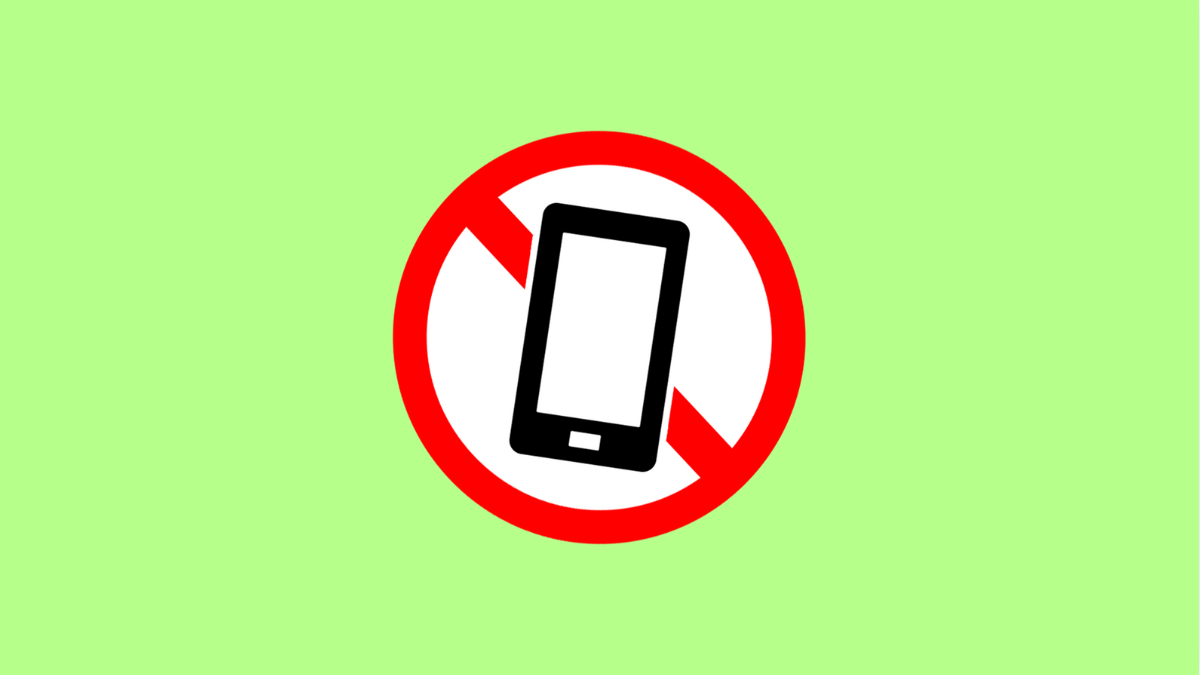If your Galaxy A36 fails to install a software update, it can be worrying. Updates are important because they improve security, add new features, and fix existing bugs. When installation keeps failing, it usually means there’s not enough storage, unstable internet, or a system glitch interrupting the process.
Why Your Galaxy A36 Fails to Install Updates
- Insufficient storage space on your device.
- Unstable Wi-Fi or mobile data connection.
- Corrupted system cache or update file.
- Low battery level during installation.
- Outdated or buggy firmware.
Check Available Storage Space.
Software updates need enough free space to download and install correctly. If your phone is running low on storage, the installation may stop midway.
- Open Settings, and then tap Device care.
- Tap Storage, and then review how much space is available.
If your storage is nearly full, delete unused apps, large videos, or cached data. Aim to keep at least 5 GB of free space before retrying the update.
Ensure a Stable Internet Connection.
A weak or unstable Wi-Fi connection can cause update downloads to fail or become corrupted. Always use a reliable network for system updates.
- Open Settings, and then tap Connections.
- Tap Wi-Fi, and then connect to a stable network with strong signal.
If possible, avoid using mobile data for large updates unless it is specifically allowed by your carrier.
Charge Your Battery Before Updating.
Updates require power to complete successfully. If your battery runs low during installation, it can interrupt or fail entirely.
Make sure your phone has at least 50 percent charge before starting the update. For longer updates, plug your phone into a charger to avoid interruptions.
Clear Cache Partition.
Sometimes leftover system cache files can interfere with the installation process. Clearing the cache partition removes these temporary files without deleting your data.
- Turn off your Galaxy A36, and then press and hold the Side and Volume Up keys together.
- When the Samsung logo appears, release both keys, then use the Volume keys to highlight Wipe cache partition, and press the Side key to select it.
After clearing the cache, select Reboot system now to restart the phone, then try installing the update again.
Download the Update Manually.
If the update still fails through the usual Software update menu, try downloading it manually using Smart Switch on a computer. This method bypasses potential on-device glitches.
- Install Samsung Smart Switch on your Windows or Mac computer.
- Connect your Galaxy A36 with a USB cable, and then click Update on Smart Switch when prompted.
Smart Switch will automatically download and install the latest software version available for your device.
Reset Network Settings.
Network misconfigurations can interrupt downloads or block update servers. Resetting these settings often resolves update connection issues.
- Open Settings, and then tap General management.
- Tap Reset, and then select Reset mobile network settings.
Your Wi-Fi, Bluetooth, and mobile data configurations will return to default. Reconnect to your network and try again.
If your Galaxy A36 still fails to install the update after trying these solutions, it may be due to a corrupted system file or hardware-related issue. In this case, visit a nearby Samsung Service Center for a full diagnostic and manual update installation.
FAQs
How much free space do I need for a software update on the Galaxy A36?
At least 5 GB of free storage is recommended to ensure the update downloads and installs properly.
Can I update my Galaxy A36 without Wi-Fi?
Yes, but it is not recommended. Using mobile data can lead to incomplete downloads if the signal drops. Always use a stable Wi-Fi connection for major updates.
Will I lose my data if I update manually through Smart Switch?
No. Manual updates using Smart Switch preserve your data, although creating a backup before proceeding is always a good idea.
